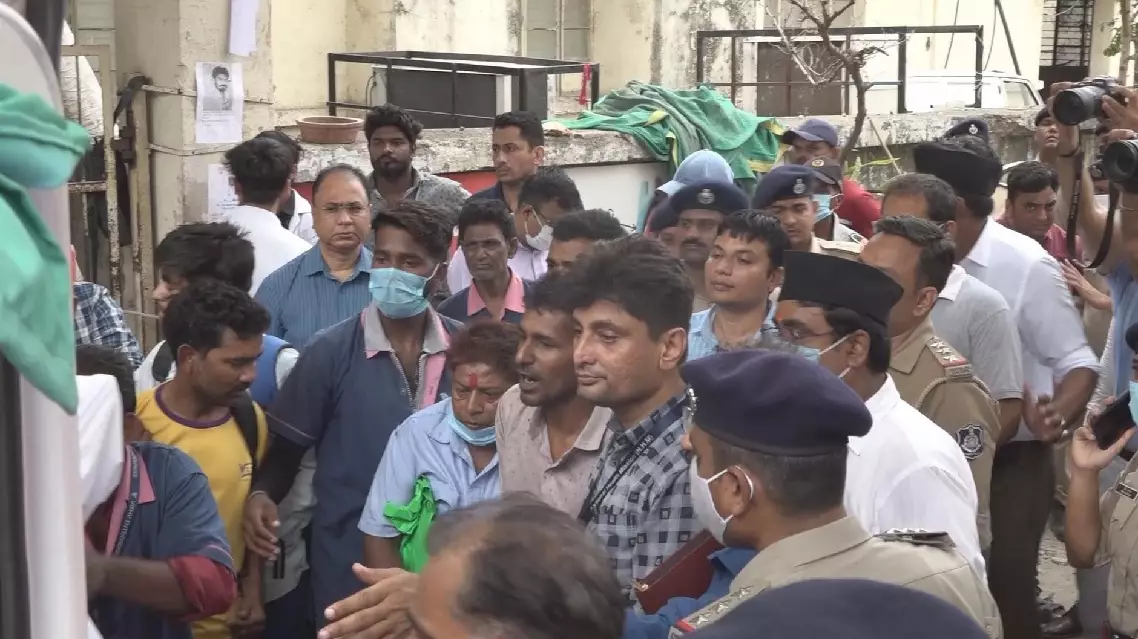Grieving families crowded a hospital in western India's Ahmedabad on Friday, offering blood samples for DNA testing while medical workers labored to identify victims of a devastating plane crash that claimed at least 265 lives.
The London-bound Boeing 787-8 aircraft, carrying 242 people, crashed earlier on Thursday shortly after it took off from the Sardar Vallabhbhai Patel International Airport in Ahmedabad, about 17 kilometers south of Gandhinagar, the capital city of Gujarat.
According to the latest media reports, a total of 265 dead bodies had already been brought to a local government hospital in Ahmedabad city.
Among the dead, 241 were passengers aboard the ill-fated Boeing aircraft, while the remaining casualties occurred on the ground.
Friday’s footage revealed heartbroken relatives anxiously gathered outside Ahmedabad Civil Hospital, as ambulances transported bodies from the nearby plane crash site.
Inside the hospital, medical workers collected blood samples, preparing them for DNA testing to identify the recovered bodies. The black box of the 12-year-old Boeing 787-8, flight AI171, was recovered Thursday night. Preliminary data suggests the plane failed to achieve a normal takeoff, possibly due to a malfunction in its landing gear system.
Air India, operator of the ill-fated aircraft, expressed its deepest condolences to the families of the victims and assured full cooperation with authorities in the ongoing crash investigation.

Grieving relatives crowd hospital for DNA identification after fatal India plane crash









